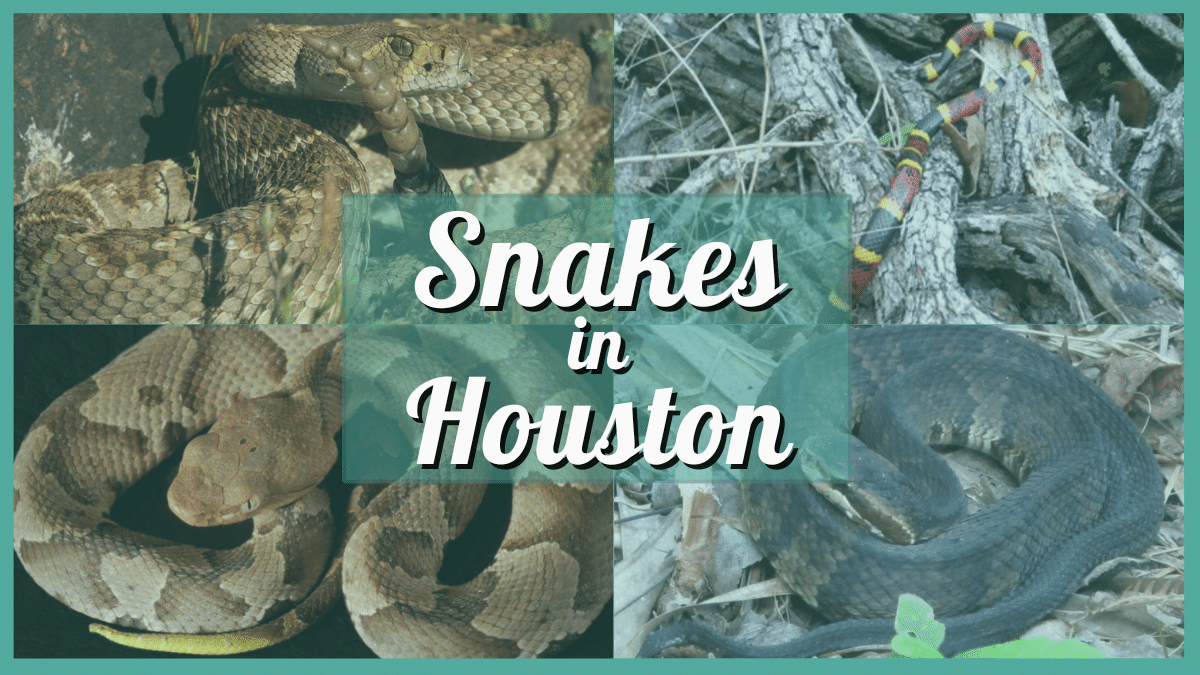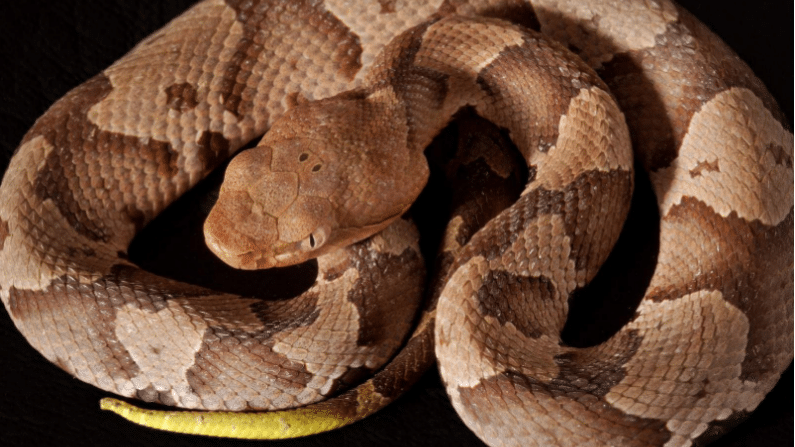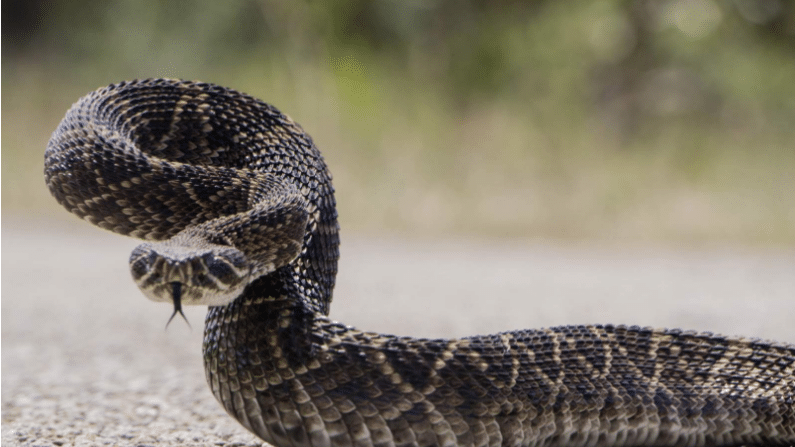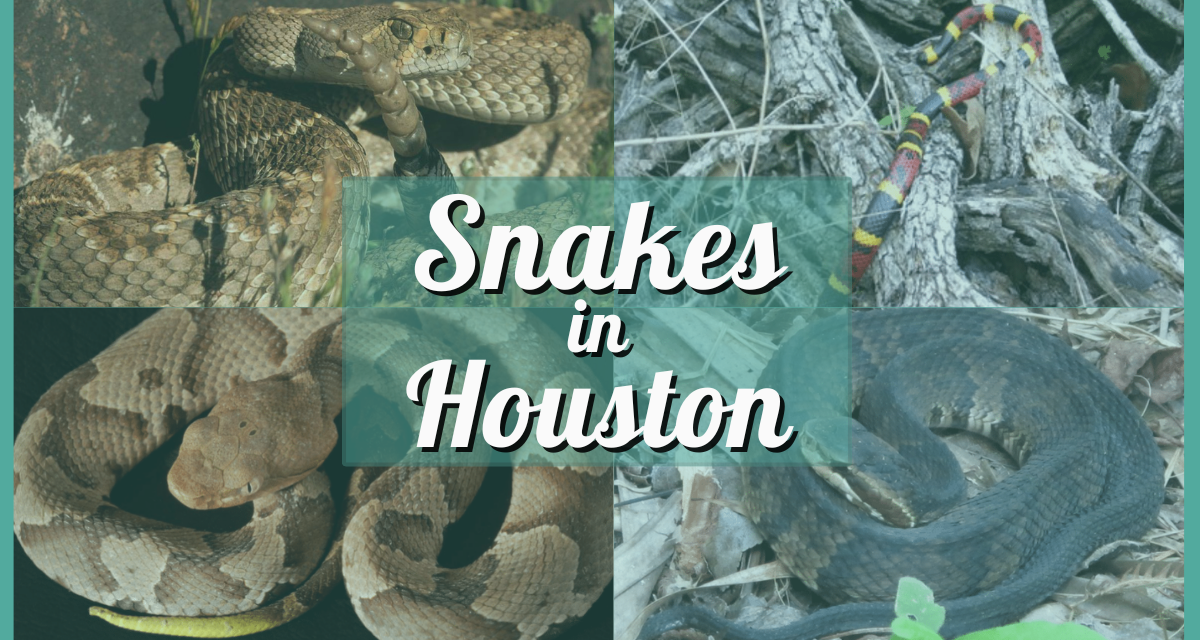
Snakes in Houston
The warm days of summer are coming and they will soon awake our cold-blooded friends after a long winter of hibernation. Here’s a useful rundown on the common Texas snakes in Houston and what to do if you meet a particularly venomous one!
Texas is home to over 105 unique species and subspecies of snakes. However, only 15 of those are potentially dangerous to humans, according to data from the Texas Parks & Wildlife Department. The vast majority of snakes are non-aggressive unless provoked, surprised, or cornered. More people have died in Texas from lightning strikes than snakebites.
Unkempt lawns and backyards, crawl spaces within basements, garages, animal burrows, and water bodies surrounded by underbrush—make great hideouts for snakes.
From an ecological point of view, snakes play a major role in maintaining balance in the ecosystem by keeping suburban pests, slugs, and rodents away. Chemical compounds derived from their venom toxins find application in treating various medical conditions. Also, the streamlined locomotion of snakes is a fascinating proof of evolutionary adaptation.
Types of Snakes in Houston Texas
Venomous Snakes Houston Texas
Copperhead

Copperheads. Picture Credit: Pixabay.
They have distinct chestnut or reddish-brown dark bands on a lighter-colored body. While deaths are extremely rare from its bite, it could prove fatal in the case of small children and may lead to the loss of a limb. They are mostly spotted in rocky areas and wooded bottomlands and are rarely sighted in dry areas. In the spring months they can occur along streams and rivers, as well as in weed-covered vacant lots.
Cottonmouth

Cottonmouth. Picture Credit: Scott Zona.
Keeled scales, broad head with a narrow neck, and vertical slit pupils. This stout dark viper has a distinctive dark horizontal stripe on the side of the head.
Coral snakes

Coral snake. Picture Credit: Texas Parks & Wildlife.
Typically, coral snakes sport adjoining red, yellow, and black bands. Their venom is the most lethal in the U.S. Antivenin must be given at once. Mostly found in plant litter or rocky crevices.
Rattlesnakes

Western diamondback rattlesnake. Picture Credit: Pixabay.
Found in the outskirts of Houston, Rattlers vibrate their tails when threatened. If bitten, seek immediate medical attention. There are nine species of rattlesnakes found in Texas.
NON-VENOMOUS SNAKES
Small Burrowers
- Flathead
- Rough Earth
- Marsh-Brown
Woodland Snakes
- Eastern Hognose
- Rough Green
- Texas Rat
- Eastern Yellowbelly Racer
- Speckled Kingsnake
- Eastern Garter
Water Snakes
- Ribbon
- Broad-banded Water
- Diamondback Water
- Graham’s Crayfish
Precautions and Responses – Snake Removal Services in Houston
If bitten by a venomous snake, look out for fang puncture marks, rapid swelling, high fever or breathing issues, and discoloration of the skin. It is paramount to stay as calm as possible to reduce the spread of venom. Remove items of jewelry such as rings and watches and disinfect the bite area, if feasible. Get to a doctor, as fast as possible, he/she can check for blood clotting and administer antivenin if needed. Antivenom treatment is generally most effective within the first four hours of envenomation and is ineffective after 8-10 hours.
Keep in mind that non-venomous snakebites can lead to infections too.
Even if the snake is not venomous, call on trained wild animal technicians with professional knowledge and experience to safely remove the wild animals from the premises. Only a snake control and trapping professional is qualified to remove venomous and non-venomous snakes in the greater Houston TX area.
Here’s a list of top local Houston snake removal and control companies:
- Know Your Snakes – A Quick Guide to Common Snakes in Houston, Texas - April 29, 2024




